- Home
- Explore More List
Explore More in Habitat & Natural Resources
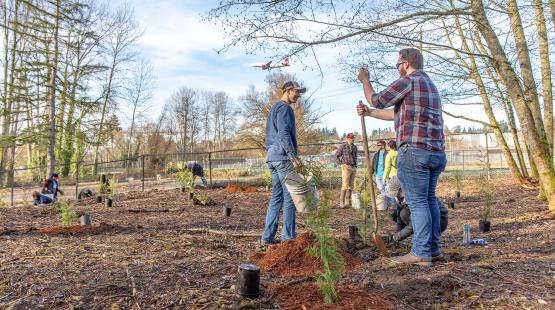
Land Stewardship Plan and Tree Replacement Standards
In July 2023, the Port adopted Land Stewardship Principles across Port programs and for all land uses. These Principles establish value statements and guidance for decision-making when it comes to land management. In turn, the Por...
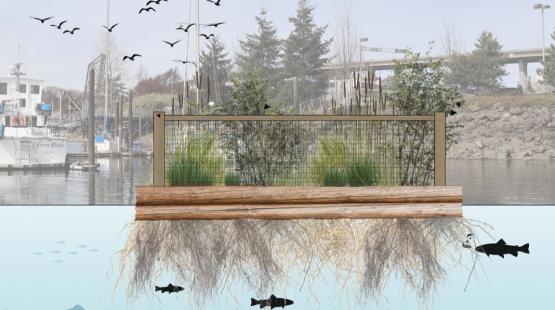
Floating Wetland Demonstration Project
Demonstration Project StatementIn 2018, the University of Washington, King County, and the Port began working together to test the feasibility and potential environmental benefits of floating wetland platforms located in critical ...
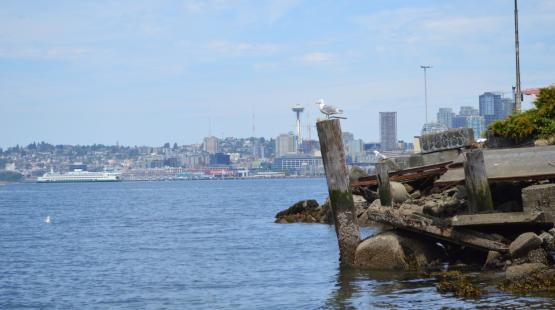
Ocean Acidification Action Plan
In 2020, the Port of Seattle was the first port in the world to join the International Alliance to Combat Ocean Acidification (OA Alliance). In doing so, the Port formally recognized the many ways in which ocean acidification (OA)...
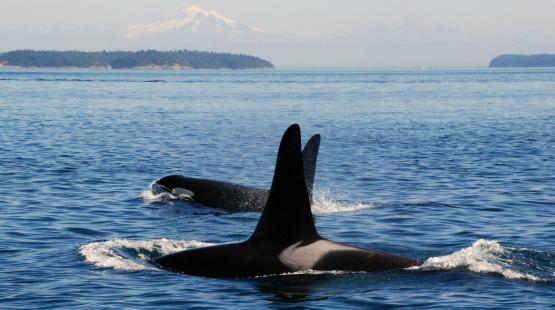
Protect the Orcas
The Orcas are back! The Southern Resident Killer Whales returned to Puget Sound with new babies in the pod. We all need to do our part to protect the Orcas while they are here. Underwater noise poses a challenge for orcas, a...
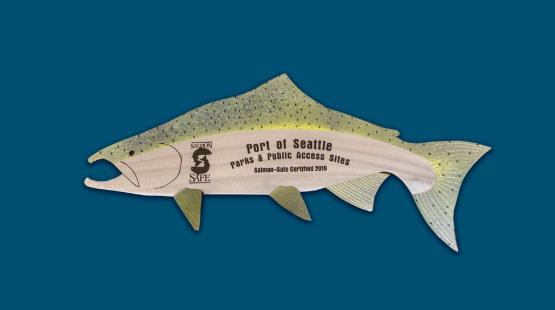
Airport and Maritime Salmon-Safe Certification
SEA Airport and Maritime parks and public spaces hold prestigious Salmon-Safe certifications. Salmon-Safe is one of the nation's leading ecolabels, implementing, and recognizing practices that protect water quality, maintain water...
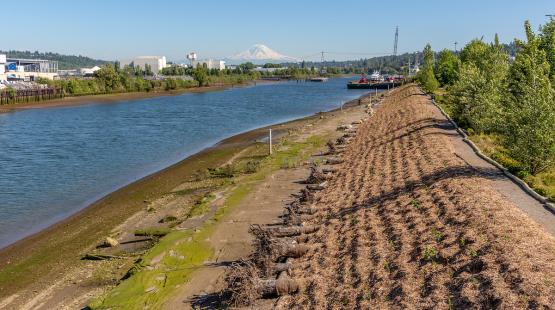
Habitat and Natural Resources
The Port of Seattle is committed to responsibly stewarding public resources and the environment. The Port's Century Agenda outlines strategic objectives to become the greenest and most energy-efficient port in North America. One o...
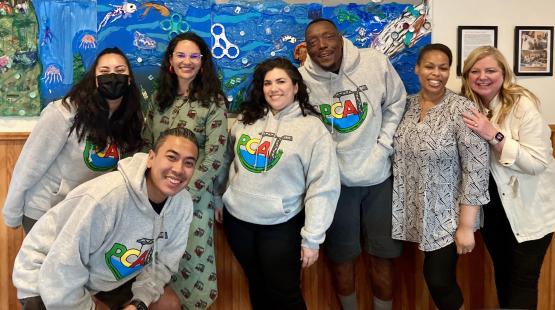
Duwamish Valley Community Equity Program
Current Program Activities Duwamish River Community Hub - A place-based economic development center promoting community access to Port-related careers and business oppor...
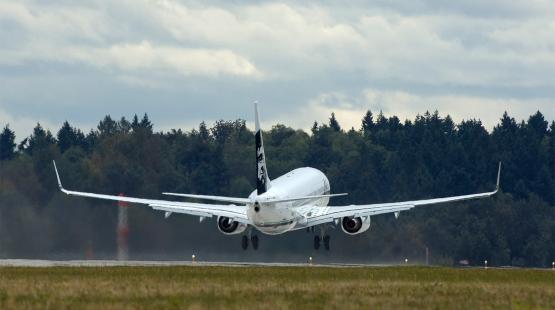
Flight Corridor Safety Program
The Port of Seattle has an ongoing program to remove trees around SEA Airport to improve safety during takeoffs and landings and replant in their place, native, low-growing trees. The first phase of work, completed in 201...
Pagination
Footer Menu
- SEA Airport
- SEA Airport Home
- Airlines & Destinations
- Parking at SEA
- Ground Transportation
- Security Screening & Checkpoints
- Dining, Retail & More
- Customer Services & Amenities
- International Travel
- Accessibility at SEA
- Maps
- SEA Airport Employees
- Leasing & Tenant Resources
- Air Cargo
- The Conference Center at SEA
- First Amendment Activities
- SEA Airport Community & Environment
Footer copyright section

© Copyright 2025 Port of Seattle. All Rights Reserved.
